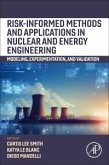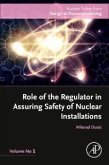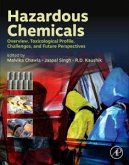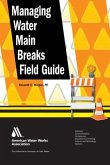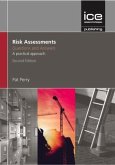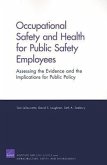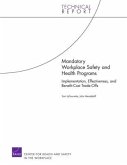An Engineer’s Guide to Nuclear Reactor Core Materials presents everything a reactor engineer needs to know to work on reactor core structural materials and core internals. This book outlines the impact of radiation damage on materials and provides the necessary tools to perform calculations of atomic displacement and transmutation, especially He and H gas production, with the aid of software available in the public domain (IAEA website). An Engineer’s Guide to Nuclear Reactor Core Materials includes an explanation of metallurgical properties of reactor components that are dependent on microstructure and alloying elements. The effect of fabrication (and then irradiation) on the microstructure will be described and explained. In addition, modelling of radiation effects and the methods for the determination of microstructure parameters that are needed for modelling are also addressed. The effect of radiation on materials (creep, swelling and hardening) are described. The book presents rate theory formulations used to model radiation effects such that readers understand their basis and how to use these formulations in practical situations. In addition, the book explains how tensors are used in an easy-to-understand format with examples. Finally, important properties of common engineering alloys used in nuclear reactors (austenitic and ferritic stainless steels, Ni-alloys, Zr-alloys, graphite) will be described. Key features relevant to reactor operation will be highlighted, and information needed to evaluate the performance of nuclear reactor materials are also discussed. Intended for nuclear engineers, reactor operations, and academics and students researching nuclear reactors, An Engineer’s Guide to Nuclear Reactor Core Materials is sure to be a welcomed reference.
Hinweis: Dieser Artikel kann nur an eine deutsche Lieferadresse ausgeliefert werden.
Hinweis: Dieser Artikel kann nur an eine deutsche Lieferadresse ausgeliefert werden.


